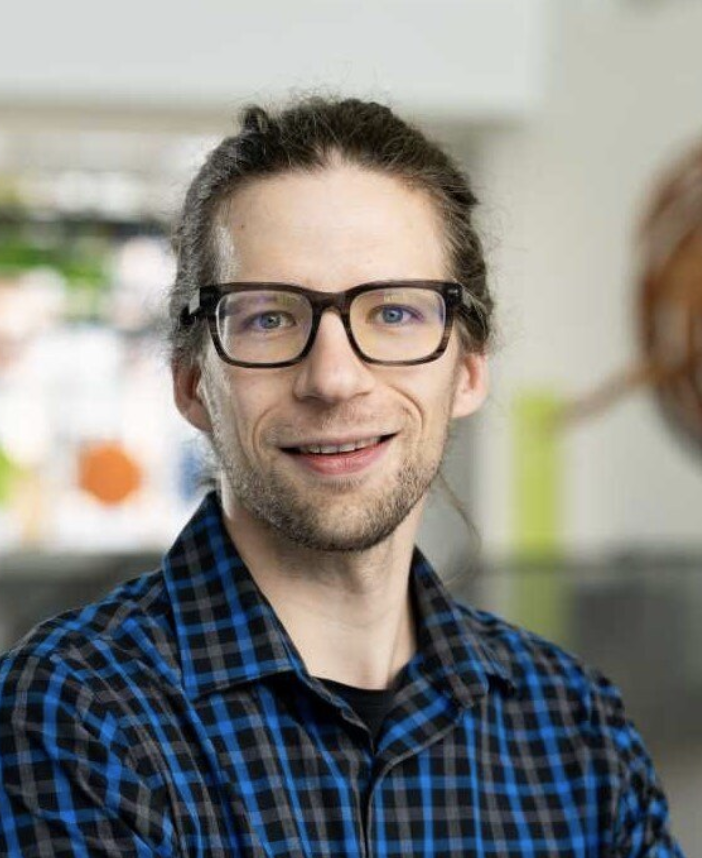“Nothing is certain except death and taxes” —Benjamin Franklin
Life is full of uncertainties, from health diagnoses to everyday decisions, and most situations we encounter involve multiple possible outcomes. A useful approach to assess probabilistic situations is to update our understanding when we encounter new evidence. This is where Bayes’ Theorem comes in: it provides a mathematical way to refine our understanding with new evidence, helping us make better decisions in uncertain situations. In other words, Bayes’ Theorem allows us to update the probability of an event (like having a disease) after new evidence is observed (like a test result).
To use Bayes’ Theorem, we need three pieces of information:
- the prior probability of the event, p(A)
- the probability of observing the evidence independent of the event, p(B)
- the probability of observing the evidence given that the event occurred, p(B|A).
With these three pieces of information, we calculated an updated probability of the event given that the evidence was observed, p(A|B). This complete formula is:

Medical tests are a great example of how probabilities can be counterintuitive. Let’s consider the case of colon cancer screening for young, healthy individuals.
The probability that a young and healthy person has colon cancer is very low, less than 1%, so let’s estimate this as 0.5% (it’s likely even lower). Colonoscopies have a false positive rate of about 10% (about 10% of people without colon cancer will test positive) and false negative rate of about 5% (about 5% of people with colon cancer will test negative).
We can find the probability that a young and healthy patient has colon cancer, given a positive Colonoscopy result, by applying Bayes’ theorem. We estimated that 0.5% of young people without any risk factors have colon cancer, so p(A) = 0.005, representing our probability before the test. The probability of a positive test given that the patient has colon cancer, p(B|A), is the true positive rate of 95%, or 0.95. The overall probability of a positive test result, p(B), combines two scenarios: a positive test when the patient has cancer (0.005 × 0.95) and a positive test when the patient does not have cancer (0.995 × 0.1). Summing these gives p(B) = 0.10425. We can solve for the probability an individual has colon cancer given a positive result:

At first, this result seems counterintuitive—how can a test that correctly detects cancer in 95% of patients that have cancer be compatible with just a 4.6% chance of cancer after a positive test? However, thinking about a large group of patients can help to clarify this. In a group of 2,000 patients, we’d expect 10 to have cancer (2,000 × 0.005) and the remaining 1,990 not to have cancer. We’d expect about 199 of the 1,990 without cancer to falsely test positive (1,990 × 0.1) and 9.5 of the 10 individuals with cancer to test positive (10 × 0.95). This means for every true positive, there are about 20 false positives—in line with our 4.6% calculated probability of cancer after a positive test. This example shows why screening for rare diseases in healthy individuals is often impractical and underscores the need for follow-up testing to confirm positive results for rare disorders and diseases.
Let’s explore a second example where we are told a couple had two children. If we are told that one of their children is a boy, what is the probability that both children are boys?
We can use Bayes’ theorem to solve this. Let BB represent two boys, and B? represent one boy and one unknown child. The formula becomes:

The original probability the couple had two boys, p(BB), is the probability that the first child is a boy (0.5) times the probability the second is a boy (0.5), which is 0.25. The probability of at least one boy given that both are boys, p(B?|BB), is 1. The probability of at least one boy, p(B?), includes all scenarios except having two girls (GG). This includes BB, GB, or BG combinations, each with a 25% chance, for a total of 0.75. We can now solve for the probability that both children are boys, given that one is a boy:

This result might feel surprising since knowing one child is a boy intuitively seems like it should raise the odds of two boys to 50%. However, the key is that our new evidence only eliminates one of the four original possibilities (GG), leaving three equally likely outcomes.
Let’s explore one more example. Imagine the weather forecast predicted a 10% chance of rain this morning. However, as you head outside you notice a dark cloud on the horizon.
We can use Bayes’ theorem to update the probability of rain, given the new evidence of the cloud.
We can write our formula as:

Our initial probability of rain, p(rain), is 0.1 from the morning forecast. Let’s estimate the probability of a visible, dark cloud on any day, p(darkcloud) = 0.25, since dark clouds are uncommon but not that rare. Last, we need to know the probability of a visible, dark cloud given that it rained, p(darkcloud|rain). Let’s estimate this as 0.75 since rain often occurs with dark clouds, but not all clouds that cause rain appear dark. Now we can solve for the probability that it rains given we saw a dark cloud:

It can be tempting to think in absolutes and either dismiss the cloud because of the low forecasted chance of rain or assume rain is inevitable because of the cloud. Bayes’ theorem shows us that the truth often lies in the middle. By thinking probabilistically and updating our beliefs with new evidence, we can approach uncertainty with greater confidence—whether it’s grabbing an umbrella or facing life’s higher-stakes uncertainties.


Comments